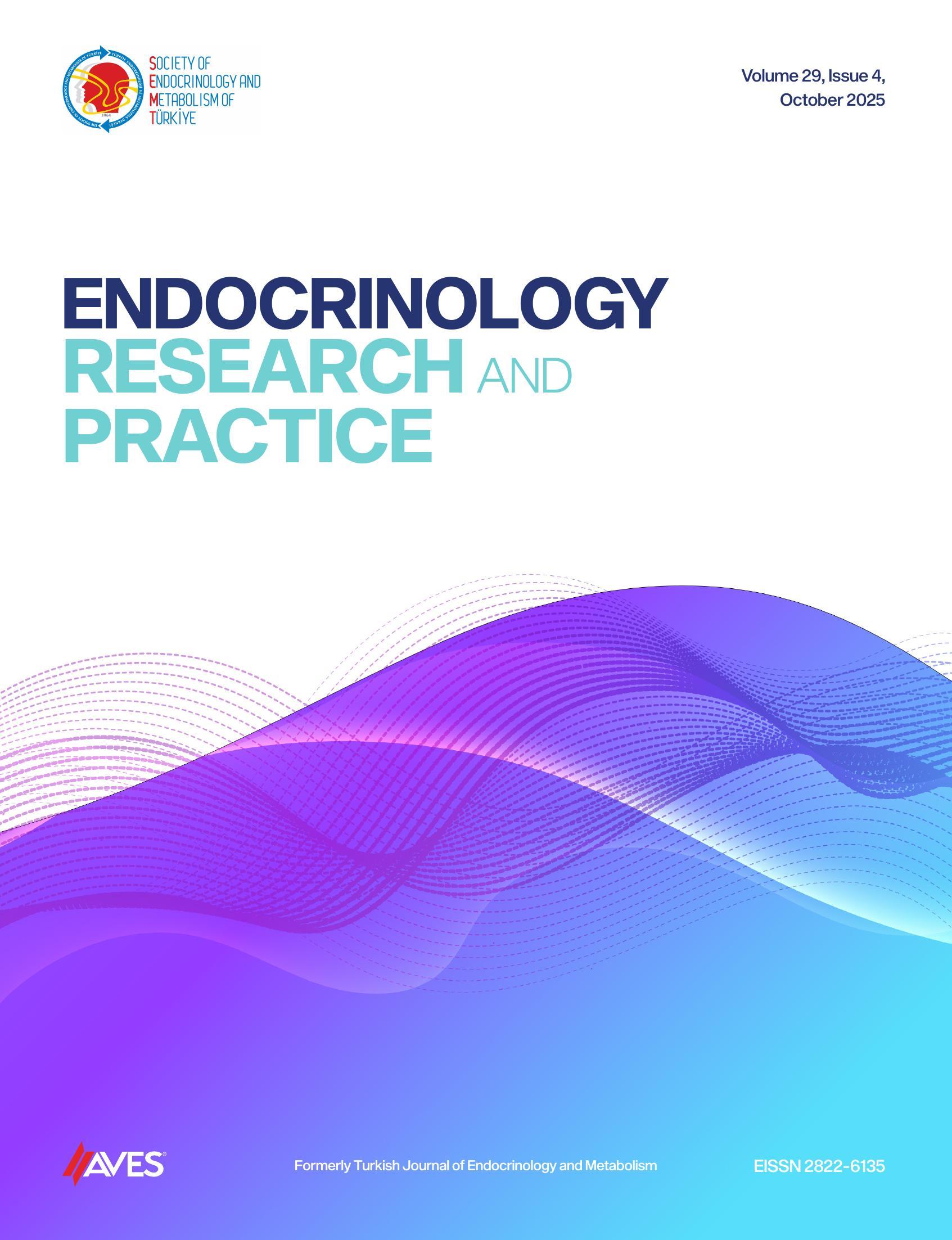ABSTRACT
Given the multiple functions of iron in the body, any state of iron deficiency will induce a series of secondary effects that could compromise sports performance. Low serum iron levels are commonly observed in athletes during the course of a training period, especially in those performing aerobic exercises and resistance training. Sometimes, body iron levels will even fall below those detected in sedentary individuals, and we could go as far as to say that iron deficiency is the most frequently observed nutrition disorder among athletes of any sport. Hepcidin, a hormone secreted by hepatocytes whose principal mechanism of action is the degradation of ferroportin (the main iron exporter from macrophages and the basolateral membrane of duodenal enterocytes), has been proposed as the main regulator of the body’s iron reserves. Thus, elevated serum hepcidin levels lead to diminished iron absorption and recycling, while lower levels of the hormone will cause greater iron absorption. Among the factors that affect the hepcidin response produced, we should highlight an individual’s total iron levels, erythropoietic demands, state of hypoxia, dietary iron, inflammation and physical exercise. Given the important role played by iron regulatory mechanisms in physical performance, this report reviews our current understanding of the physiological response of hepcidin to different sports intensities and modalities.

-1(1).png)

.png)